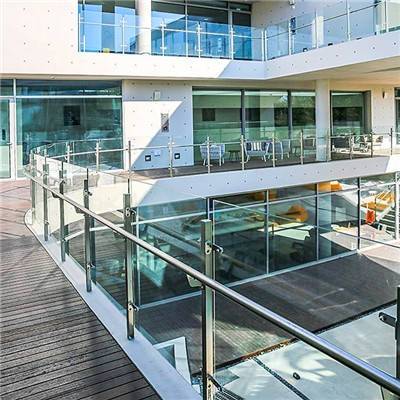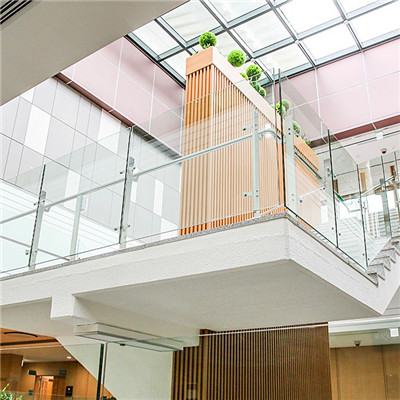Types of Building Glass: Float, Annealed, Tempered, Laminated
Glass has become an indispensable material in modern architecture, offering both aesthetic appeal and functional benefits. The advancement in glass technology has resulted in a variety of glass types, each suited for different applications within buildings. This article explores four primary types of building glass: float, annealed, tempered, and laminated, detailing their production processes, properties, and typical uses.

Float Glass
Production and Characteristics
Float glass is the most common type of glass used in building applications. It is made by floating molten glass on a bed of molten tin, which results in a flat, uniform thickness glass with very few distortions. This method, developed by Sir Alastair Pilkington in the 1950s, revolutionized the glass industry by providing high-quality glass at lower costs.
Float glass is clear and has excellent optical clarity. It can be further processed into other types of glass, such as annealed, tempered, or laminated glass, making it a versatile starting material for various applications.
Applications
Float glass is widely used in windows, facades, and glass doors. Its clarity and smooth surface make it ideal for areas where visual aesthetics are important. Additionally, it can be coated or tinted to enhance its energy efficiency and aesthetic appeal.
Annealed Glass
Production and Characteristics
Annealed glass is produced by slowly cooling the molten glass to remove internal stresses. This process, known as annealing, involves heating the glass above its recrystallization temperature and then allowing it to cool gradually [2]. Annealed glass is less prone to breakage from thermal stress and has a uniform internal structure.
Despite its improved stability, annealed glass breaks into large, sharp shards when shattered, posing a safety risk. Therefore, it is often further processed into safer forms such as tempered or laminated glass.

Applications
Annealed glass is commonly used in applications where safety is not a primary concern, such as picture frames, table tops, and some types of windows. It is also used as a base material for producing tempered and laminated glass.
Tempered Glass
Production and Characteristics
Tempered glass, also known as toughened glass, is produced by heating annealed glass to approximately 620°C and then rapidly cooling it. This tempering process creates compressive stresses on the surface and tensile stresses in the interior, significantly increasing its strength [6]. Tempered glass is about four to five times stronger than standard annealed glass.
One of the key safety features of tempered glass is that it shatters into small, blunt pieces rather than large, sharp shards, reducing the risk of injury [3]. This makes it a preferred choice for applications requiring high safety standards.
Applications
Tempered glass is widely used in areas where human impact is a concern. This includes automobile windows, shower doors, glass doors, and storefronts. Its increased strength and safety characteristics also make it suitable for use in high-stress environments, such as facades and curtain walls in high-rise buildings.
Laminated Glass
Production and Characteristics
Laminated glass is created by sandwiching a layer of polyvinyl butyral (PVB) or ethylene-vinyl acetate (EVA) between two or more layers of glass. This assembly is then subjected to heat and pressure to bond the layers together. The interlayer holds the glass pieces in place if the glass is broken, preventing them from scattering [6].
Laminated glass offers superior safety and security. It can withstand impacts and penetration attempts better than standard glass, making it an excellent choice for areas where safety and security are paramount. Additionally, laminated glass provides sound insulation and can block up to 99% of UV rays, protecting interiors from sun damage.

Applications
Laminated glass is often used in windshields, skylights, and windows in hurricane-prone regions. It is also employed in soundproofing applications and in areas requiring enhanced security, such as banks and jewelry stores.
Conclusion
The diversity of glass types available today allows architects and builders to select the most appropriate material for each application, balancing aesthetics, safety, and functionality. Float glass serves as a versatile base, while annealed glass provides a cost-effective solution for low-risk applications. Tempered glass offers increased strength and safety, and laminated glass combines safety with additional benefits like sound insulation and UV protection. Together, these glass types contribute to the innovative and safe design of modern buildings.
 English
English Russian
Russian




